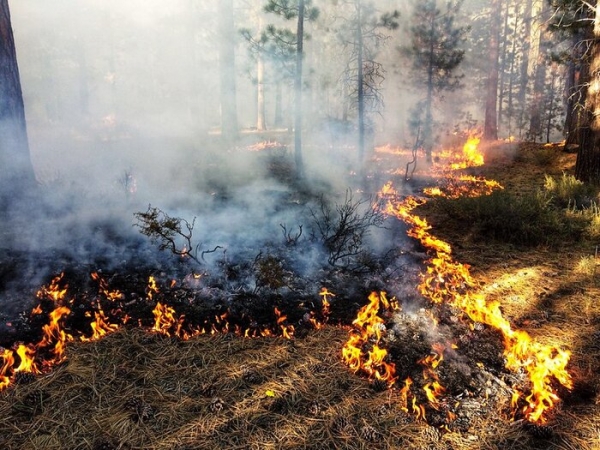Oregon State University research into the ability of a wildfire to improve the health of a forest uncovered a Goldilocks effect – unless a blaze falls in a narrow severity range, neither too hot nor too cold, it isn’t very good at helping forest landscapes return to their historical, more fire-tolerant conditions.
The study led by Skye Greenler, a graduate research fellow in the OSU College of Forestry, and Chris Dunn, an assistant professor in the college, has important implications for land managers charged with restoring ecosystems and reducing fire hazard in dry forests such as those east of the Cascade Range.
The findings, published in PLOS One, shed light on the situations in which managed wildfires, as well as postfire efforts such as thinning and planting, are likely to be most effective at achieving restoration goals.
Wildfire has shaped ecosystems for millennia, the researchers note, but its impacts have become an increasing social, economic and ecological concern across the western United States. Aggressive fire exclusion policies, forest and resource management practices and climate change have altered forest structure and composition – increasing forests’ vulnerability to extreme wildfires and drought.
Read more at Oregon State University
Image: 2019 Boundary Prescribed Burn, Fremont-Winema National Forest, photo by Skye Greenler, OSU College of Forestry. (Credit: Photo by Skye Greenler, OSU College of Forestry)


